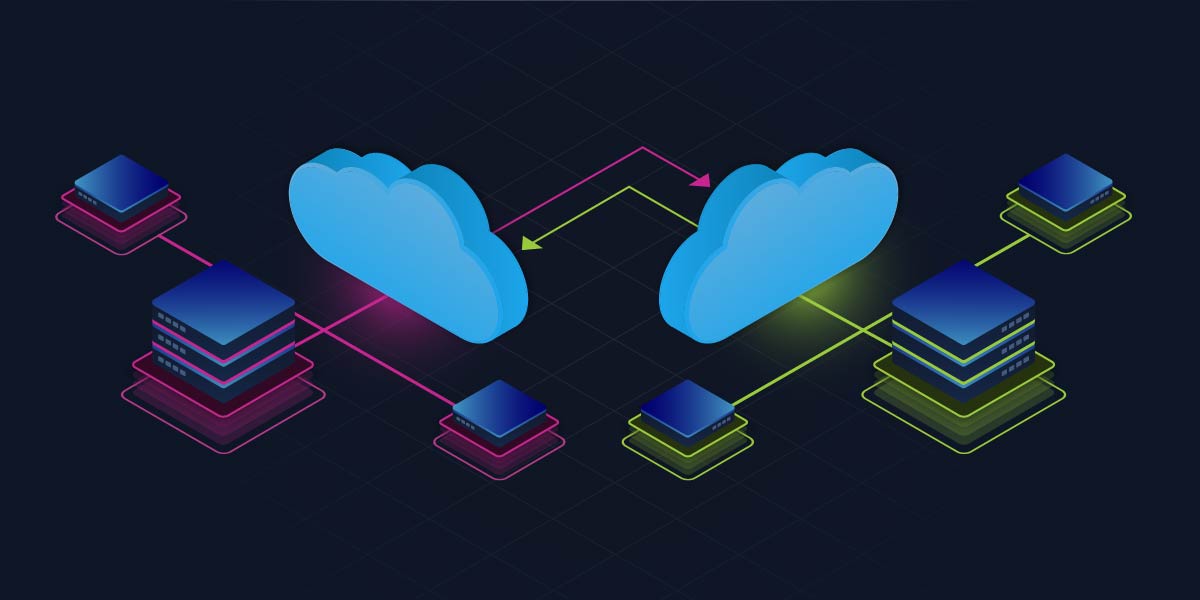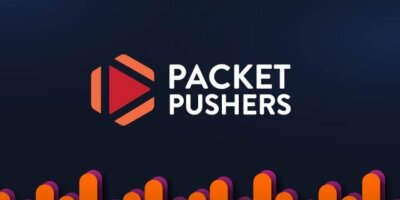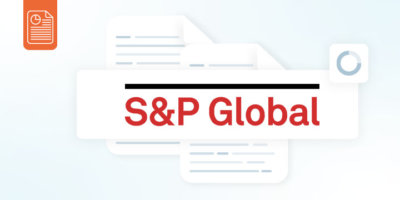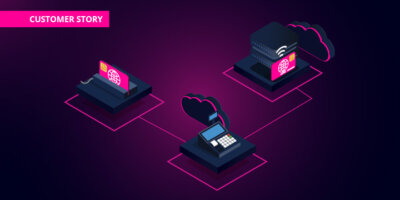In the financial services sector, innovation, efficiency, and enhancing customer experience gives organizations the competitive edge.
To attract and retain customers, financial services companies are constantly developing and rolling out new applications, services, and functional features. The end goal for product leaders at these organizations is simplified and effective customer experience — which becomes their key differentiator.
Over the past several years, financial services companies have invested heavily into hiring developers to accelerate innovation in the application development realm. However, the same level of investment has not been given to key IT infrastructure teams. The NetSecOps teams responsible for delivering infrastructure and secure connectivity to application developers have been left behind, grappling with outdated systems and legacy tools. The consequence is slower delivery of network and infrastructure services to app dev teams.
To build applications, developers need to test code. To test code, they need testing environments. A company could have the best, most innovative group of developers in the world, fully embracing CI/CD principles and DevOps strategies. But, if those devs still need to wait five days for the network infrastructure team to spin up resources and provide secure access in response to a ticket, the company can only roll out a limited amount of features and new services. This directly slows the velocity at which a company can improve customer experience, negatively impacting revenue.
Until recently, network, security, and infrastructure teams have not been enabled to move as quickly as the business needs — but that’s starting to change. Organizations are beginning to demand more automation for infrastructure services to enable their developers to move faster. In a world where customers demand always-on, high quality, globally available services and can easily move between providers, innovation and service quality are key. That depends on agile development, which in turn depends on infrastructure that can be delivered rapidly, securely, and in compliance to financial services industry regulations.
Business leaders are beginning to acknowledge network and IT infrastructure as a strategic asset for the rest of the organization, with a direct connection to customer experience and revenue growth.
Where Things Stand Today: Multiple Clouds & Hybrid Infrastructure
To reduce operating costs and improve flexibility, financial services organizations have invested into public cloud and moved workloads, assets, and processes from on-premises to the cloud wherever possible. Sometimes this has been a top-down process, and at other times it has come from individual application and line of business teams choosing to leverage public cloud environments to enable agility and bypass the bottlenecks on-premises infrastructure can create.
The standardization provided by public cloud helps IT teams consume infrastructure more quickly and consistently, which can drive faster and more innovative development. Plus, leveraging cloud infrastructure helps organizations manage spending by matching resource allocation to consumption, as opposed to managing extra equipment or spending to refresh equipment when the time comes to expand.
Of course, in reality, cloud migration is not as simple as moving all data center hosted resources to a single public cloud environment. Cost concerns, data security, and team decisions have driven almost every organization to a multi-cloud reality. In addition, certain assets are not cloudable, due to regulatory concerns, technical limitations, and/or security needs. That means a combination of multiple clouds plus existing data center infrastructure. Automation relies on standardization, so accelerating service delivery across these hybrid environments poses unique challenges.
Multi-Domain Orchestration: How to Accelerate Across Hybrid Infrastructure
Largely, the industry’s embrace of hybrid environments and adoption of multiple cloud providers is a good thing — the approach enables individual teams to make the technology choices that suit them best, and it means data can be kept on-premises when that’s the best option. However, it means without effective automation, it’s difficult for application teams to get everything they need. Maybe early in the development process, a team can leverage resources from just one cloud provider to build and test. But when they need to ensure they’re upholding security requirements across every network domain, or that the application works with another application built using on-premises infrastructure, everything can slow down.
How can financial services organizations enable infrastructure teams to effectively automate and deliver services faster when the underlying infrastructure is so complex? The answer is orchestration, leveraging platforms that can tie complex network and infrastructure resources together across multiple domains and enable entire change processes to be delivered to application developers as end-to-end outcomes.
Faced with distributed infrastructure, tools and platforms from a variety of vendors, and the need to increase standardization to both accelerate automation and maintain compliance and security, financial services organizations are beginning to adopt platforms for integration, automation, and orchestration across all of network and IT infrastructure.
The recent Gartner report, the Market Guide for Infrastructure Automation & Orchestration Tools, outlines the value of orchestration for all enterprise organizations: “by transitioning from merely automating tasks to orchestrating complex workflows, they can integrate various tools, practices, and deployment targets. This evolution would enable the creation of standardized, repeatable, and scalable processes.”
How Itential Supports Network Transformation for Financial Services
At Itential, we offer the market’s leading network and infrastructure orchestration platform. Our technology allows network engineers to integrate automation and orchestration with any API-enabled platform or system, and we enable our customers to turn even the most complex processes into standardized workflows that can be delivered as products.
Financial services customers have extremely high expectations, and competition happens at the fine margins of service quality, uptime, reliability, and variety. This landscape has driven digital transformation initiatives to focus on delivering applications, services, and infrastructure to respond more quickly to customers, and create more innovative products and services. Network automation and orchestration is often overlooked, but it’s a necessary component to delivering exceptional on-demand services to customers (and doing so securely). Without fast, reliable underlying infrastructure, application teams can’t move as fast as they need to.
We have a history of delivering the capabilities financial services companies need to accelerate and stay ahead. Our top financial services customers include S&P Global, Fiserv, and others: check out this page to learn more about how our capabilities help financial services organizations and dive into all the customer testimonials.
As financial services companies continue to innovate and accelerate into the future, it will be critical to ensure that it’s possible to standardize services and automate across increasingly complex infrastructure. Those who still see the network as a cost center will fall behind — but those who recognize its importance and make smart investments across people, process, and technologies will reap the rewards.





